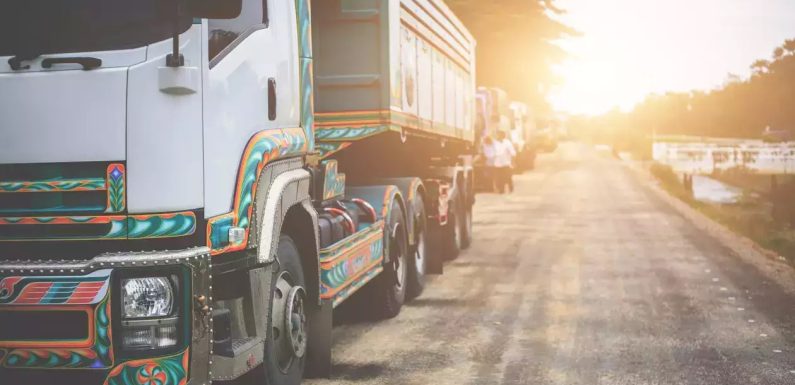
In the sprawling and diverse landscape of India, heavy trucks play a critical role in knitting the economy together, serving as the lifeline of trade and commerce. These robust vehicles, designed to transport large quantities of goods across vast distances, are an indispensable part of the country’s logistics and supply chain infrastructure. This article delves into the significance of heavy trucks in India, highlighting their contribution to economic growth, the challenges they face, and the future prospects of this vital sector.
The Vital Role of Heavy Trucks in India’s Economy
Heavy trucks are the workhorses of India’s economy, carrying the bulk of goods from manufacturing hubs to markets, ports, and distribution centers across the country. They are crucial in sectors such as agriculture, construction, mining, and manufacturing, facilitating the movement of essential commodities like food grains, construction materials, minerals, and industrial goods. By ensuring the efficient and timely delivery of goods, heavy trucks play a pivotal role in maintaining the flow of trade, supporting businesses, and contributing to the nation’s GDP.
Challenges Facing the Heavy Truck Sector in India
Despite their critical role, the heavy truck sector in India faces several challenges that impact its efficiency and sustainability. One of the primary concerns is the state of infrastructure, with many roads not designed to handle the heavy loads and high volume of truck traffic. This issue is compounded by congestion in major cities and bottlenecks at checkpoints and toll booths, leading to significant delays and increased operational costs.
Environmental concerns also loom large, with older trucks contributing significantly to air pollution due to outdated engines and poor maintenance. The need for stricter emission norms and the adoption of cleaner, more efficient technologies is becoming increasingly apparent to ensure the sector’s sustainability.
Innovation and Future Prospects
Recognizing these challenges, there is a growing focus on innovation and technology to revolutionize the heavy truck sector in India. The government and private sector are investing in infrastructure improvements, including the development of dedicated freight corridors and better highways, to facilitate smoother and faster movement of goods.
The push towards electrification and alternative fuels is gaining momentum, with several manufacturers exploring electric and hybrid trucks that promise to reduce emissions and operational costs. Additionally, advancements in telematics and fleet management software are improving the efficiency of logistics operations, enabling better route planning, real-time tracking, and predictive maintenance.
The implementation of the Goods and Services Tax (GST) has also had a positive impact, streamlining the tax structure across states and reducing transit times. These developments, combined with the growing demand for goods in a rapidly expanding economy, point to a bright future for the heavy truck sector in India.
In Conclusion
Heavy trucks are the unsung heroes of India’s economy, playing a crucial role in keeping the wheels of commerce turning. Despite the challenges, the sector is poised for significant growth and transformation, driven by technological advancements and policy reforms. As India continues to develop and urbanize, the demand for efficient and sustainable heavy truck transportation will only increase, making it an essential component of the nation’s economic fabric.

